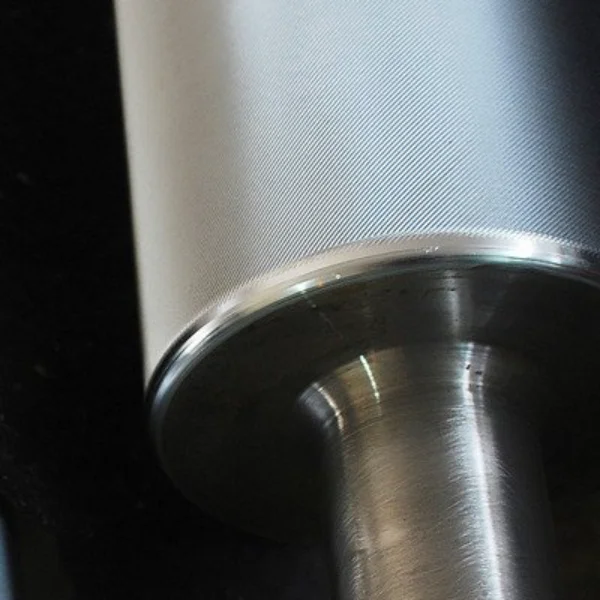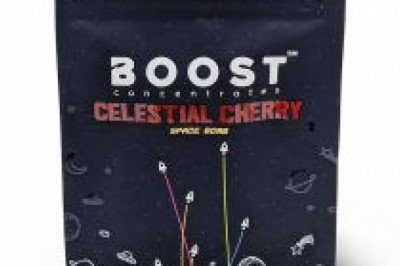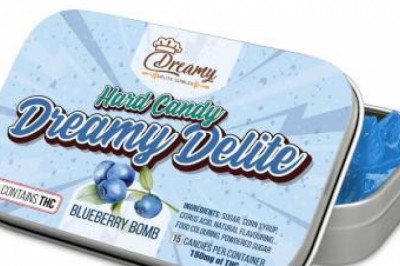views
1. Scratch line
Cause Analysis:
The reason for the scratches on the surface of the printing anilox roller is that the hard small particles are mixed in the ink. When the doctor blade scrapes the ink, the small particles located between the doctor blade and the ink roller scratch the surface of the printing anilox roller. Such small hard particles may come from metal particles shed by the doctor blade or the ink pump, dry solid ink particles, or impurity particles.
Solution:
A filter and magnet block are installed in the ink supply system to remove worn or fallen metal particles
Strengthen the cleaning of all parts of the ink supply system to prevent the generation of dry ink particles
When using the chamber hanging ink knife, there should be enough ink to flow through the cavity, so that the scraper is fully lubricated and takes away the abraded script particles
2. Abnormal wear
Cause Analysis:
The installation of the scraper is uneven and the force is uneven
Excessive force or insufficient lubrication of the scraper
The quality of the ceramic layer is not up to standard
Solution:
Install the scraper carefully, and pair the scraper before installation
Carefully clean the knife holder and lining knife
Improve the surface quality of the anilox roll
Strengthen lubrication
3. The mesh is blocked
Cause Analysis:
The cleaning work when the anilox roller is used up is not timely and incomplete
Solution:
Observe the cleaning effect of the mesh with a microscope of appropriate magnification
Strengthen the cleaning process of the anilox roller after use
4. Corrosion and blistering
Cause Analysis:
This is caused by the corrosion of the base material of the anilox roller to cause the surface of the anilox roller to bow.
Solution:
When ordering printing anilox rollers, please indicate the use environment of the anilox rollers. If it is a strong acid and strong alkali environment, the manufacturer needs to strengthen the anti-corrosion process measures.
Use stainless steel as the base roll material
Avoid the use of strong acid and strong alkali chemical cleaning agents for cleaning the anilox roller

Cleaning method
The current methods of cleaning anilox rolls can be divided into the following categories:
1. Steel brush, nano sponge
Advantages: convenient cleaning, no disassembly and assembly, simple operation, thorough cleaning, no equipment, and low cost.
Disadvantages: Special alkaline cleaning solvent is required. For some stubborn inorganic substances, the effect is not as good as ultrasonic cleaning.
2. High pressure water cleaning
Advantages: Relatively environmentally friendly and safe, with good cleaning effect.
Disadvantages: The equipment is expensive. In many cases, it is still necessary to soak the printing anilox roller with a solvent before the high-pressure water cleaning is turned on, and there is still the cost of consumables.
3. Ultrasound
Advantages: No manual operation is required, and the effect on stubborn blockage is obvious.
Disadvantages:
The equipment is expensive, and cleaning solvents are still required in addition to the equipment.
Accurate control of ultrasonic parameters requires accurate assessment of the clogging of the anilox roller and prescribe the right medicine, otherwise it may cause damage to the anilox roller.
The use requires regular low frequency. Frequent ultrasonic cleaning of the anilox roller will damage the mesh wall and directly affect the life of the anilox roller.
4. Laser cleaning
Advantages: The cleaning effect is the most clean and thorough, low energy consumption, no other consumables are required, no damage to the anilox roller, and can be cleaned online without disassembly of the anilox roller, especially suitable for cleaning large anilox rollers.
Disadvantages: The equipment is very expensive.
Regardless of the cleaning method, acidic cleaning agents and alternating temperature and humidity are two often overlooked details that cause the anilox roller to bulge. Compared with the alkaline environment, the acidic environment is more likely to corrode the substrate under the anilox roll. Therefore, when the working condition is an acidic working environment, it must be specified in advance with the manufacturer when customizing, so that the corresponding level of anti-corrosion treatment can be done. In some high-temperature and high-humidity workshop environments and in workshop environments that use a lot of solvents, a layer of condensed water is prone to form on the surface of the printing anilox roller. It should be wiped in time during storage and stored after drying. The cleaned printing anilox roller should also be dried before entering the storage environment.
Wuxi Coreco mainly produces and processes various surface rollers, plasma spraying, ceramic coating and other processes. You are welcome to purchase.











